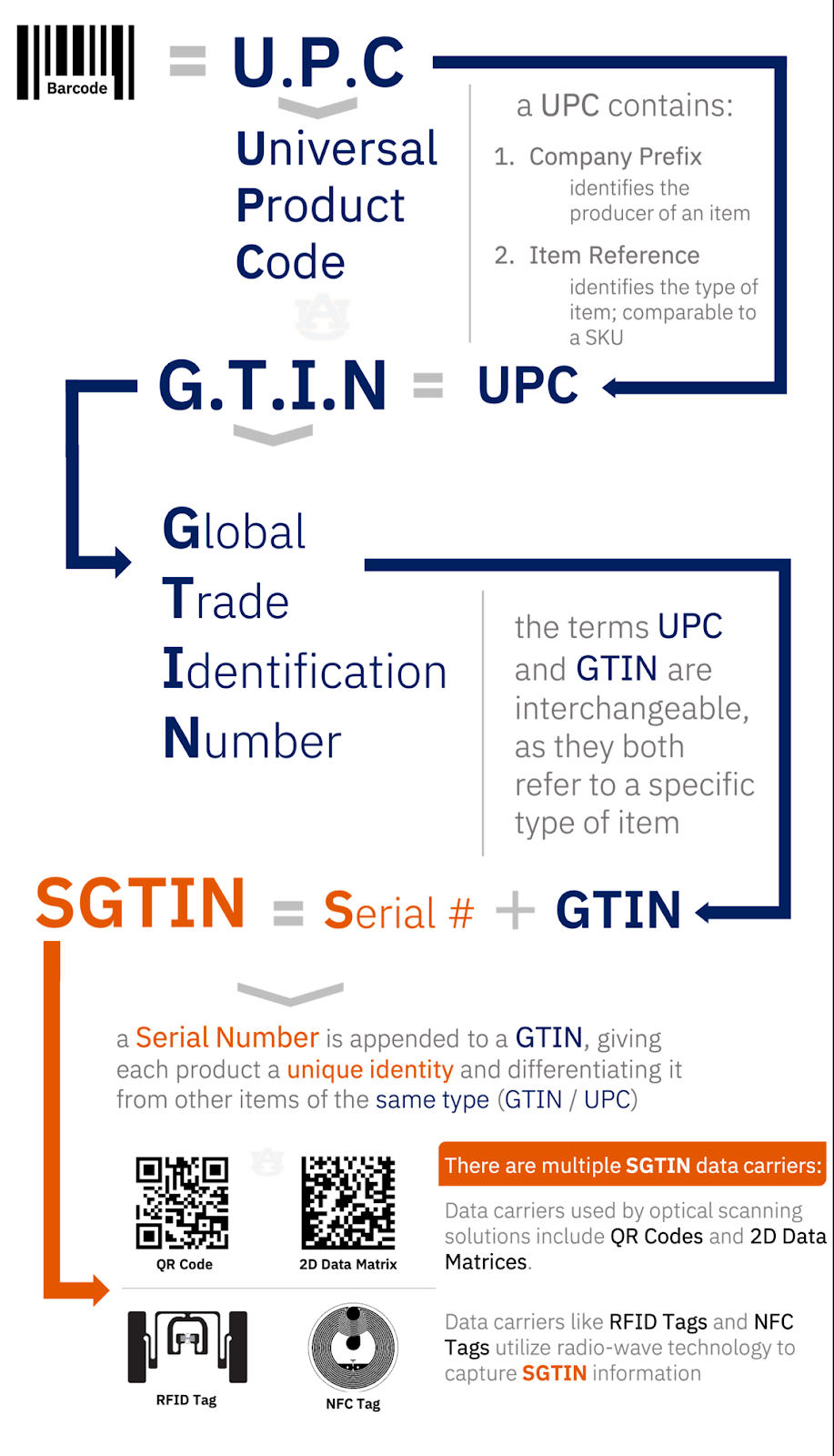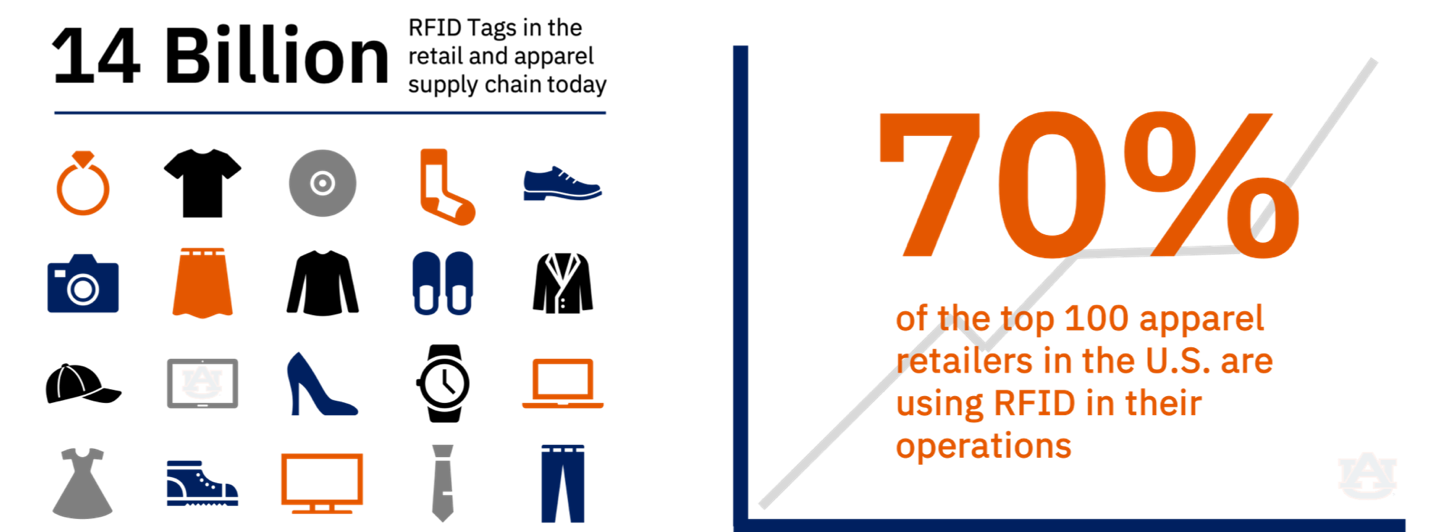The supply chain landscape is widely considered to be the most immediate application space for blockchain and DLT technologies for many reasons: tension between trade partners, a plethora of paper-based processes, siloed stakeholders, and inefficiencies everywhere. The use cases are there, and the preliminary steps of launching a pilot or proof-of-concept seem simple enough. After all, over half of the projects in Hyperledger’s Blockchain Showcase have some sort of supply chain flavor, and there have been several successful initiatives featuring leafy greens and coffee beans that have proven the viability and the value of blockchain for the supply chain.
However, we tend to overlook the vast majority of blockchain for supply chain projects that dissolve or fail to deliver results. There are plenty of valid reasons why consortiums collapse or projects disappear into the ether (pun intended). Buy-in from various stakeholders may be lacking, value propositions for the business may be hazy, or use cases could be dismissed after initial exploration deems them unfit. There is no shame in any of these endings, but there are definitely lessons to be learned. Initiatives that are able to survive the exploration phase encounter whole new hurdles once they arrive at the implementation phase, and one of the most prominent problems that supply chain projects face is bridging the gap between the physical world and the digital domain.
Some companies solve this problem by creating home grown identification solutions, volunteering their time and energy to a never-ending cycle of development and support that doesn’t have anything to do with blockchain. Other organizations opt for legacy technologies like barcode to bridge the gap between physical goods and the digital world, but even barcode systems have their limitations. Scanning each product in a customer’s cart to capture the information embedded in each barcode might not be an issue, but this same practice does not scale upstream in the supply chain when products are palletized and carts are substituted for shipping containers. Associations must be made between products, cases, pallets, and containers. Assumptions must be drawn about the accuracy of those associations and the continuity of operations throughout the supply chain. The resulting scenario requires a significant amount of trust in legacy systems, which is typically a red flag for blockchain practitioners.
Another shortcoming of barcode-based systems is that they rely on class-level identifiers, also known as SKUs (Stock Keeping Unit), UPCs (Universal Product Code), or GTINs (Global Trade Identification Numbers). In other words, the data only goes as deep as the item type, meaning that a single value could be assigned to countless identical items. For example, over 350 million Rubik’s Cubes have been sold throughout the world since 1980, but their barcodes all bear the exact same information, making it impossible to distinguish one from the other. Because of this fact, it is impossible to determine an item’s singularity with data alone, so additional assumptions must be made in order to confer item integrity. There is, however, an alternative to barcode and other optical scanning solutions that performs at scale throughout the supply chain and solves the issue of item-level identity.

RFID technology (Radio Frequency IDentification) has become a popular solution for many blockchain projects seeking to tie digital IDs to physical goods. RFID is a well established method for serializing and capturing item-level information, and decades of development have contributed to lower costs and peak performance at practically every step of the supply chain. Scanning of RFID-tagged product is accomplished with radio waves, as opposed to barcode systems that rely on lasers and line of sight. Because of this, product information can be captured through packaging, cases, and even pallets at the rate of hundreds of items per second. Additionally, RFID tags assign a unique digital identity to each physical product by appending a serial number to the basic information found in barcodes. This is accomplished by the use of SGTINs, or Serialized Global Trade Identification Numbers. There are other mediums for carrying SGTIN data like a QR Code and 2D Data Matrix, but RFID and other radio-wave-based carriers tend to scale better throughout the supply chain.
Even though RFID is an ideal data source for a blockchain solution, standing up a comprehensive solution from scratch is a non-trivial task. Companies like Nike, FedEx, Delta, and Airbus have spent millions of dollars over the course of several years to establish their RFID capabilities, and while they have reaped sizable dividends, the amount of effort required is far from negligible. Many blockchain initiatives that are supply-chain-centric have come to this realization, and it is not uncommon for projects to experience significant delays or stall out completely when it comes to integrating RFID infrastructure. However, companies that have already invested in RFID are in an excellent position to plug their item-level data streams into a blockchain solution, ultimately enabling visibility and traceability through each step of the supply chain.

While there are robust implementations of RFID in aviation, aerospace, and manufacturing, the industry with the deepest penetration is retail. There are 14 billion RFID-tagged items in the retail world today, from footwear and fine jewelry to sweaters and sweatpants, and over 70% of the top 100 apparel retailers in the U.S. are using RFID in their operations. But ever since Walmart began pushing RFID adoption in the early 2000’s, the industry has suffered from an inability to share granular, item-level data with their trade partners. Traditional EDI networks permit high-level business documentation to change hands, but these networks operate on antiquated models and outdated internet technologies, rendering them unfit for the massive volumes of serialized data being created throughout the supply chain today. End users and solution providers have been unsuccessful in establishing managed server solutions for serialized data exchange, primarily because of the imbalance of control created by centralized solutions or the lack of scalability across the industry.
Given the current retail landscape, there is a tremendous opportunity for blockchain technology to become the de facto standard for data exchange. The Auburn University RFID Lab has expounded on this opportunity and outlined the symbiotic relationship between serialized data and blockchain in a recent position paper titled “Why Retail is Ready for Blockchain.” With item-level infrastructure already in place, retail could be the best arena for blockchain to be battle-tested in. But this opportunity is bigger than a single domain. RFID adoption in other industries is exploding, and those industries key off of the lessons and learnings in retail. If the retail industry is able to prove out the potential of blockchain, others will follow. There is an insatiable need for better business-to-business collaboration across all disciplines, and I believe that blockchain could be the solution to satisfy that need.
Sign up for Hyperledger Horizon & /dev/weekly newsletters
By signing up, you acknowledge that your information is subject to The Linux Foundation's Privacy Policy